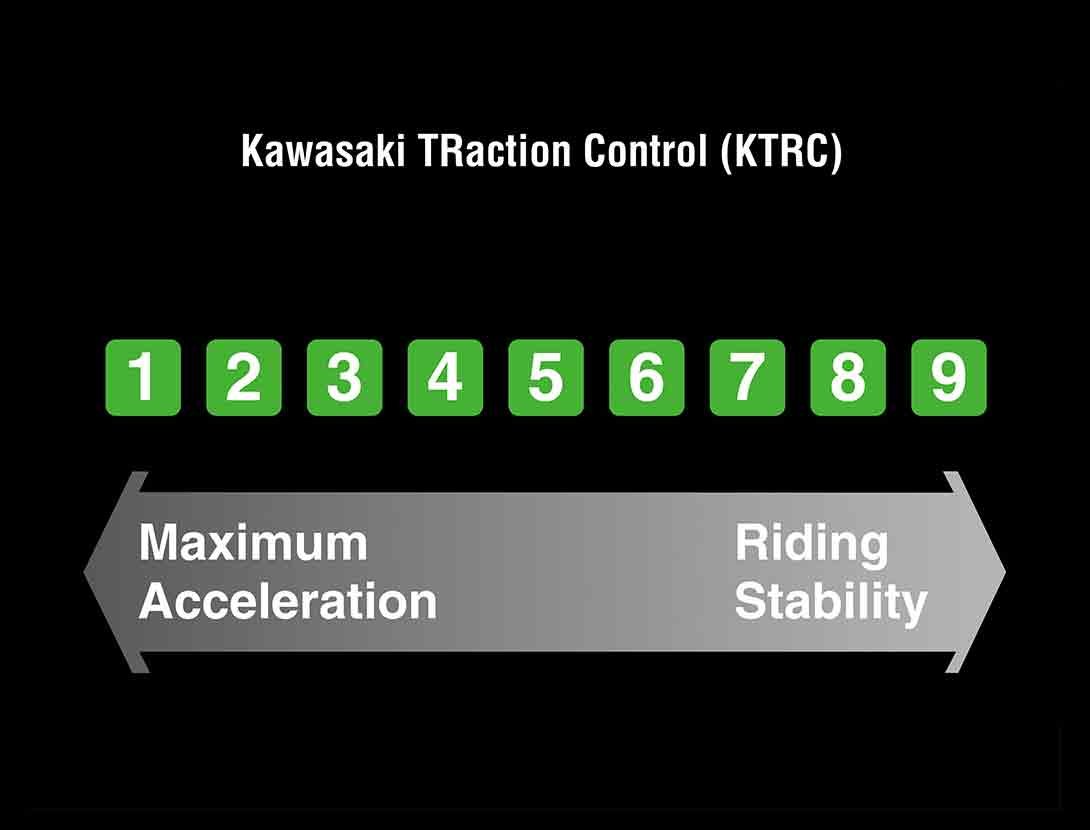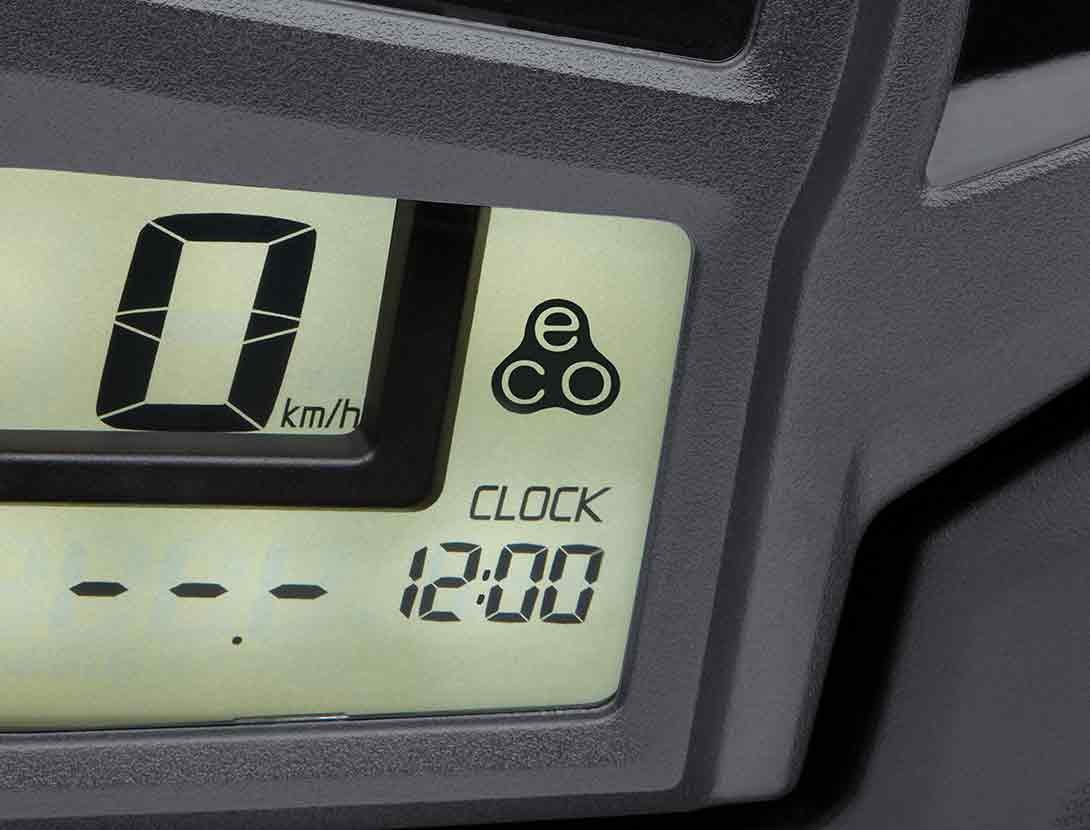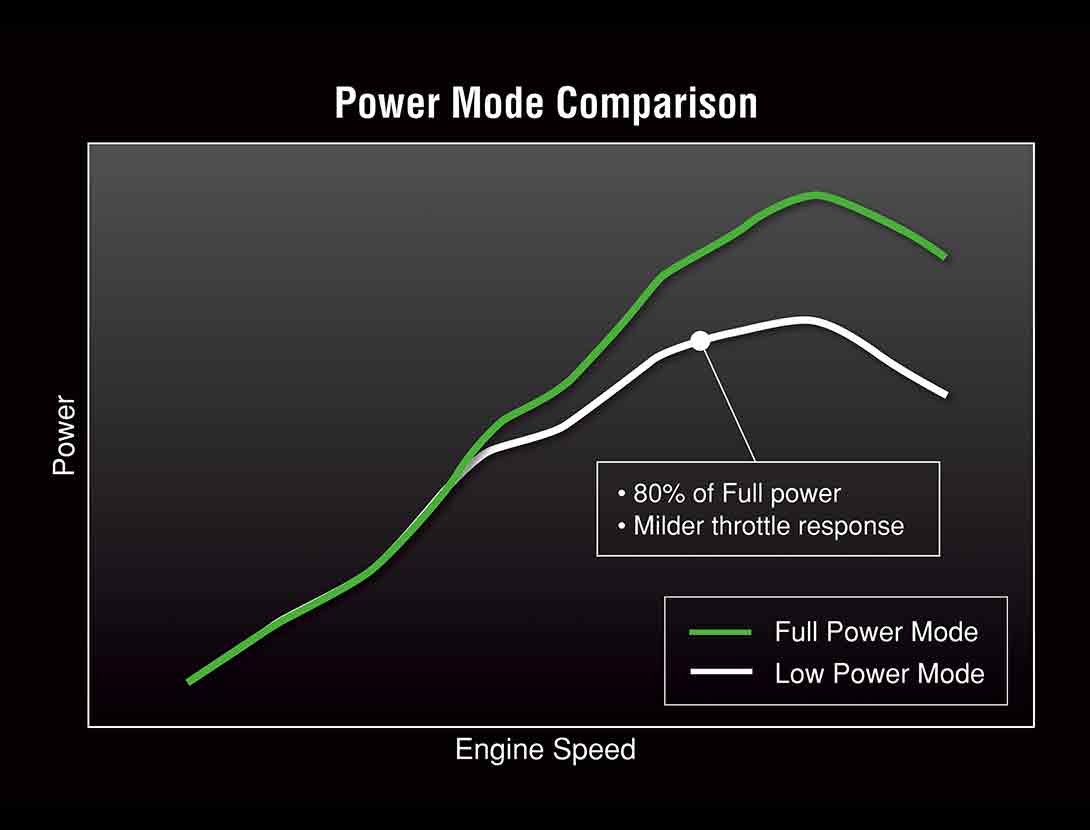







2025 Kawasaki NINJA ZX-14R
Renowned for its dominance at the drag strip, the mighty Kawasaki Ninja ZX-14R is King of the Quarter Mile ...
Overview
| Renowned for its dominance at the drag strip, the mighty Kawasaki Ninja ZX-14R is King of the Quarter Mile. An enormous 1,441cc engine, premium onboard electronics and uncompromising refinement give the Ninja ZX-14R the ability to take on the track or the backroads with sophisticated ease. |
FEATURING:
|
ADDITIONAL VEHICLE FEATURES:
|
Specifications
Gallery
technology
|
|
Dual Throttle Valves
|
POWER MODES
Models equipped with multiple Power Modes offer riders an easily selectable choice of engine power delivery to suit riding conditions or preference. In addition to Full Power mode, one (Low) or two (Middle, Low) alternate mode(s) in which maximum power is limited and throttle response is milder are provided. |
Chassis Management TechnologyABS (ANTI-LOCK BRAKE SYSTEM)Kawasaki ABS systems use front and rear wheel sensors to constantly monitor wheel speed. Should information from either of the sensors indicate that wheel lock has occurred, the ABS ECU directs the pump in the ABS unit to modulate brake fluid pressure (releasing and reapplying pressure so that traction can be regained) until normal operation resumes. ABS offers rider reassurance that contributes to greater riding enjoyment. |
MONOCOQUE FRAMEKawasaki's monocoque frame is a hollow composite of aluminum parts. Originally conceived by Kawasaki engineers, it uses the engine as a fixed member so that chassis rigidity is formed not only by the frame, but the combination of the frame and engine together. Joining the engine and front and rear suspension units, the hollow box-style frame envelops the engine from above. In addition to being made from lightweight materials, its main section also acts as the air cleaner box and battery box, enabling parts to be reduced for even greater weight savings. Further, because the frame does not run beneath or alongside the engine, the chassis can be made very compact. Especially on large-displacement models, the slim chassis design of the aluminum monocoque frame contributes to ease of riding. The aluminum monocoque frame was originally developed by Kawasaki in the 1980s for their World Grand Prix works racer. In an era where steel pipe frames were the norm, the aluminum monocoque frame that debuted on the KR500 took the world by surprise. First featured on a mass-production model on the 2000 Ninja® ZX™-12R, this original Kawasaki technology has evolved and can be found on some of our large-displacement flagship models. |









 Engine Management Technology
Engine Management Technology ECONOMICAL RIDING INDICATOR
ECONOMICAL RIDING INDICATOR



